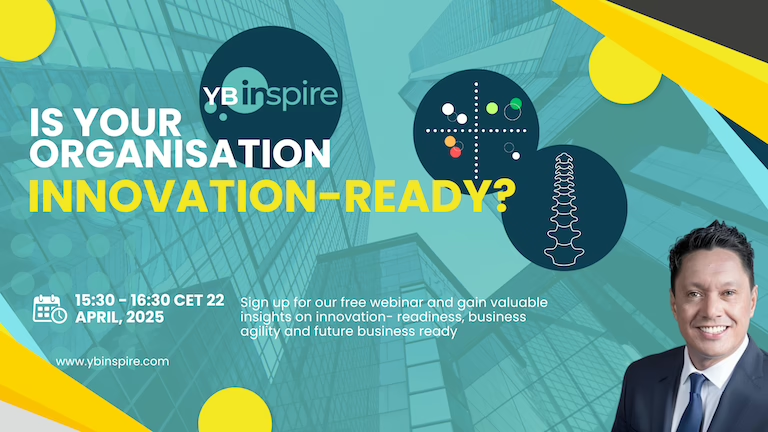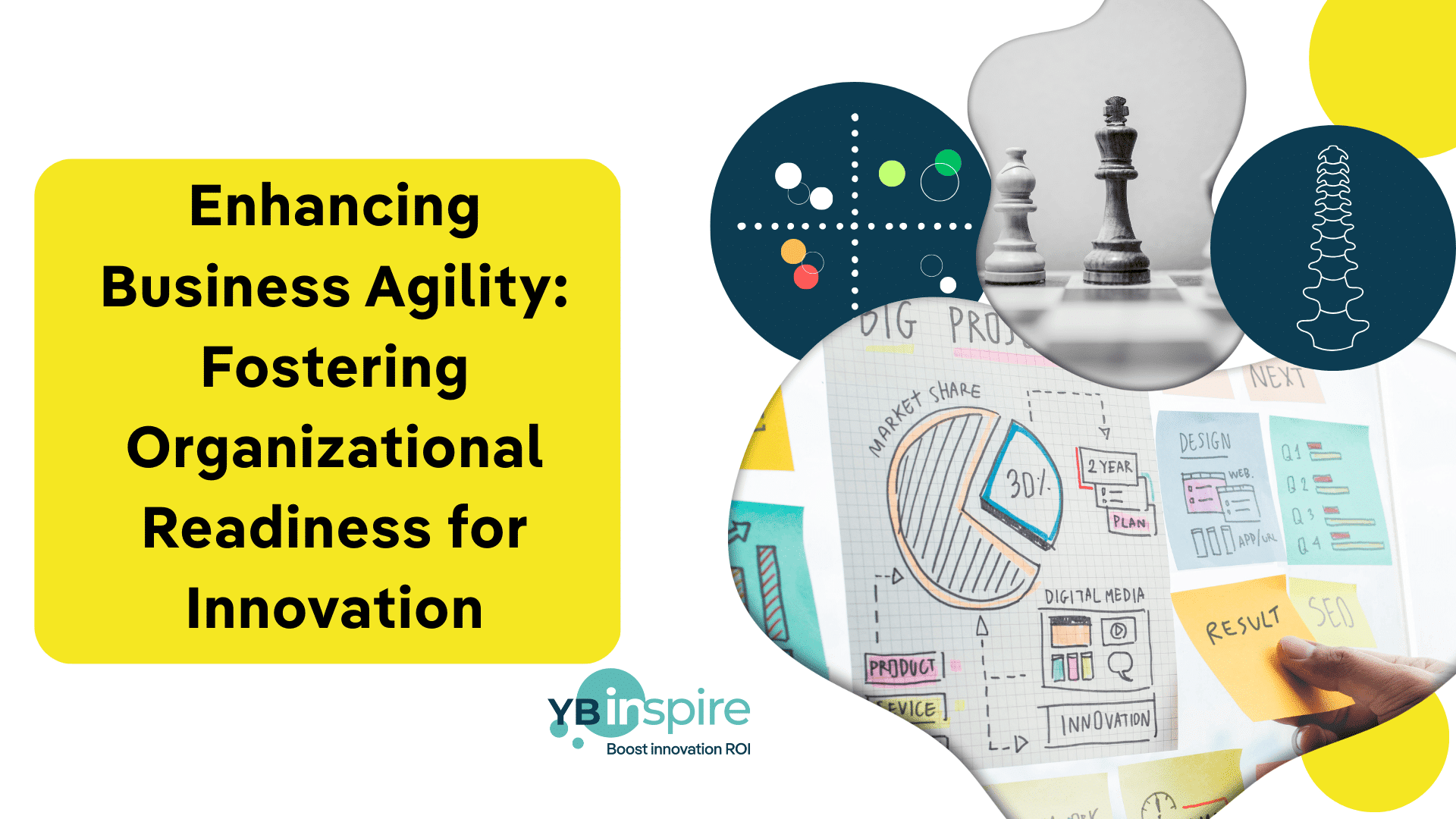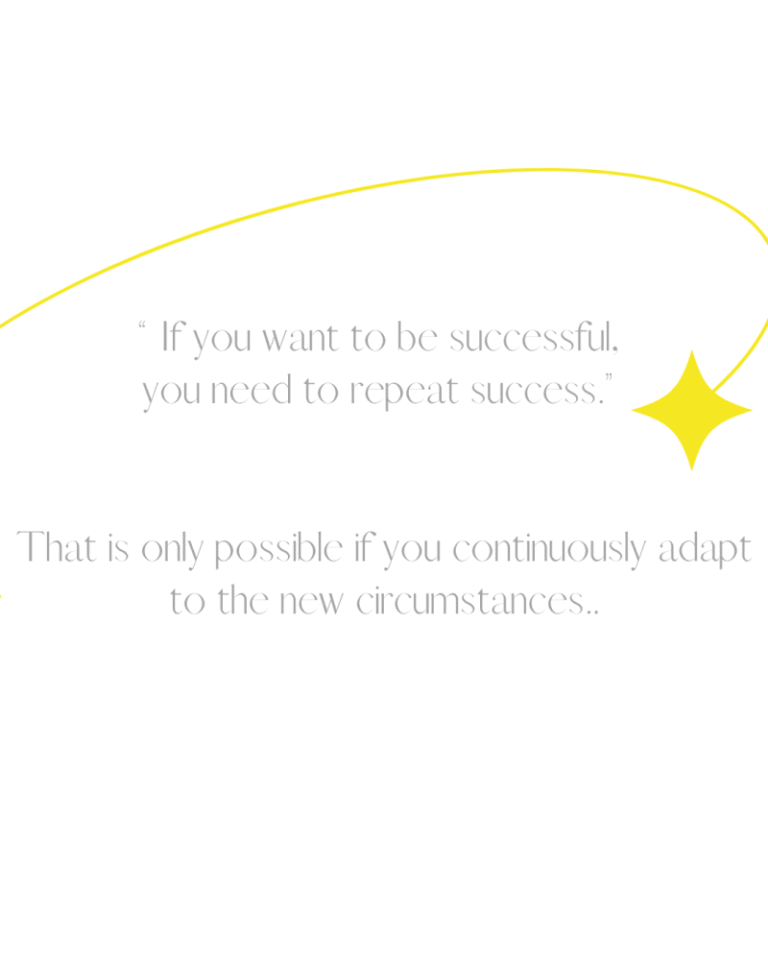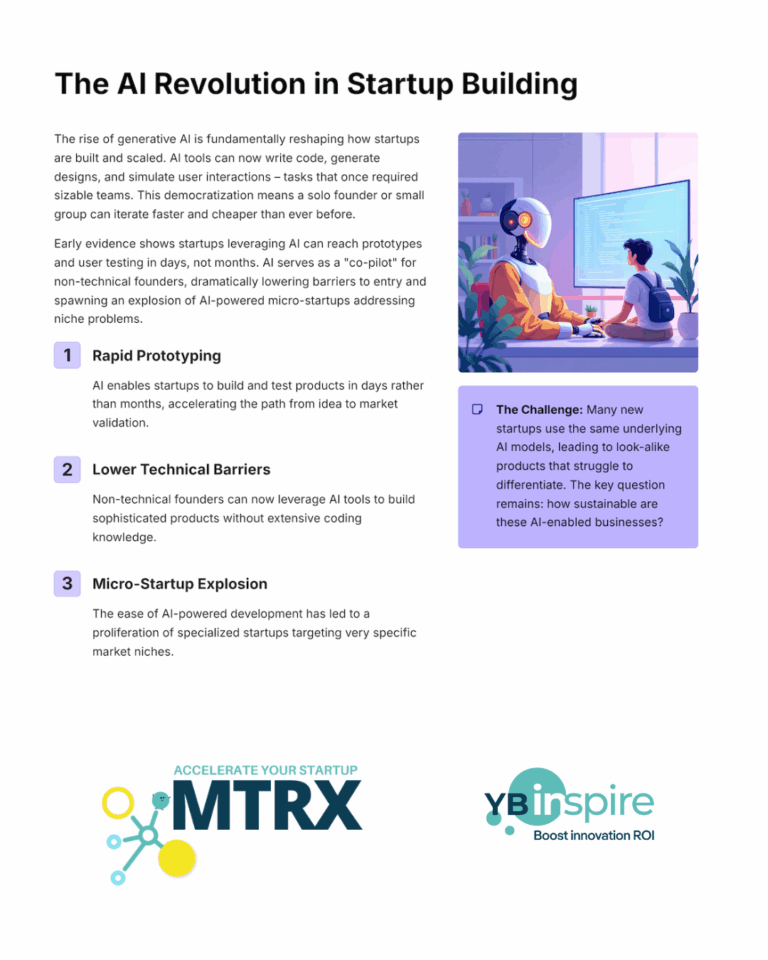In an era defined by rapid change and uncertainty, enhancing business agility has become a critical focus for organizations striving to remain competitive. This article delves into the concept of business agility, its importance in today’s fast-paced business environment, and the key components that foster organizational readiness for innovation. By embracing agility, companies can position themselves to innovate effectively and respond proactively to disruptions while achieving favorable business outcomes.
Understanding Business Agility
Definition of Business Agility
Business agility encompasses the practices, structures, and skills that enable a company to predict and swiftly adapt to unforeseen circumstances while seizing new opportunities that arise from them. It is not merely about being reactive; rather, it involves cultivating an agile mindset that supports innovation and flexibility within the organizational framework. By integrating agile principles into their business models, organizations enhance their readiness to pivot, ensuring they remain relevant in a constantly evolving business landscape.
Importance of Agility in Today’s Market
In today’s hyper VUCA (Vulnerability, Uncertainty, Complexity, Ambiguity) business environment, companies that can easily adapt gain a significant competitive advantage. An Accenture study has demonstrated that truly agile organizations exhibit a 55% likelihood of achieving their financial growth goals quarter by quarter, in stark contrast to traditional organizations, which only show a 25% likelihood. Furthermore, agile companies grow 27% faster and generate 30% higher profits, underscoring the vital role of agility and innovation in sustaining business success in the face of disruption.
Key Components of Organizational Agility
Agile companies thrive by adopting an adaptive business model along with flexible and lean organizational designs and workflows. They exhibit an agile mindset that fosters growth, innovation, and customer orientation. Moreover, these organizations cultivate shared leadership and promote self-organized, cross-functional teams that leverage data-driven collaboration styles. By focusing on these key components, organizations can enhance their innovation capabilities and create an environment conducive to accelerating business opportunities.
Fostering Readiness for Innovation
Assessing Current Readiness Levels
To effectively foster a culture of innovation, it is crucial to assess current readiness levels within the organization. The Innovation Capability Index (ICI) has been developed as a comprehensive tool to measure business agility through an online questionnaire that evaluates seven enablers of innovation. This assessment provides a clear visualization of the organization’s strengths and weaknesses through a SWOT analysis, highlighting areas where improvement is needed. By understanding the maturity of your organization in terms of innovation capabilities, leaders can make informed decisions about strategic agility and prioritize initiatives that enhance their readiness for future business opportunities.

Interested in our event; Is your organisation Innovation Ready. Check our events
Building a Culture of Innovation
Creating an environment that nurtures innovation is essential for agile organizations. Such a culture encourages experimentation and rapid learning, enabling teams to innovate and bring new ideas to market more quickly than their competitors. By fostering an atmosphere where employee engagement thrives, organizations can reduce turnover and retain talent eager to contribute to business outcomes. Emphasizing collaboration and creativity allows cross-functional teams to explore diverse perspectives and drive organizational innovation. This culture not only empowers employees but also places the organization in a stronger position to adapt to disruption and seize emerging business opportunities in today’s fast-paced business environment.
Tools to Measure Innovation Readiness
The Innovation Capability Index (ICI) acts as a vital tool for organizations seeking to gauge their innovation readiness without the influence of historical biases or future anxieties. This unbiased view of current capabilities provides a foundation for regular reassessment, allowing organizations to track their progress in developing agile capabilities. By consistently applying the ICI, leaders can refine their business strategies and adjust their approach to foster enterprise agility. This iterative process not only aids in identifying gaps in organizational agility but also enhances the capacity for innovation, ensuring the organization remains competitive and responsive to the evolving business landscape.
Agility Enables Innovation
How Agility Drives Innovation
Agility plays a pivotal role in driving innovation within organizations, enabling them to identify and capitalize on emerging opportunities faster than their competitors. Agile organizations not only adapt rapidly to changes in the business environment but also foster an environment where creativity thrives. By embracing an agile mindset, these organizations create a culture that supports experimentation and innovation. Research consistently shows that truly agile organizations outperform their peers in key financial metrics, including revenue growth, profitability, and shareholder returns. This sustainable competitive advantage reflects the ability of agile companies to innovate continuously and respond effectively to disruption, ensuring they remain relevant in today’s fast-paced business landscape.
Case Studies of Agile Organizations
Examining success stories from companies such as Novo Nordisk, Eli Lilly, Aptiv, and Nvidia underscores the significance of a long-term commitment to clear innovation domains and strategic alignment. These agile organizations have effectively leveraged their agility to enhance their innovation capabilities, showcasing how targeted investments in technology and talent can transform their business models. Each case highlights the importance of cultivating an agile culture that prioritizes employee engagement and cross-functional collaboration. By aligning their strategies with an agile framework, these companies have not only accelerated their innovation processes but have also positioned themselves to seize new business opportunities in an ever-evolving market.
Challenges in Merging Agility and Innovation
While the benefits of merging agility and innovation are clear, many companies face significant challenges in orchestrating transformation activities. These challenges often stem from clashes with long-standing values and culture, which can hinder the establishment of effective agile team structures. Incumbent organizations may struggle to adopt an agile mindset due to ingrained practices that resist change. Furthermore, difficulties in maintaining long-lasting and compatible agile team structures can impede progress in innovation readiness. Addressing these challenges requires a thoughtful approach to organizational transformation, ensuring that the principles of agility are woven into the fabric of the organization, promoting a seamless integration of agility and innovation throughout the entire business landscape.
Strategic Agility for Future Readiness
Defining Strategic Agility
Strategic agility is a vital concept that embodies the activities organizations undertake to add value, particularly in today’s volatile and unpredictable business environment. It enables companies to sidestep “rigidity traps” that can stifle innovation and hinder operational flexibility. By fostering an agile mindset, organizations can enhance their ability to adapt swiftly to changes, thus improving their overall performance and ensuring they are well-equipped to embrace new business opportunities. This proactive approach is crucial for navigating disruptions and maintaining a competitive advantage in the fast-paced landscape of modern business.
Developing a Strategic Agility Framework
Creating a strategic agility framework empowers organizations to effectively organize their resources and implement the right strategic direction at the opportune moment. This framework involves identifying key enablers that support agility, such as leadership commitment, cross-functional collaboration, and a culture that encourages experimentation. By focusing on these elements, organizations can enhance their innovation capabilities and streamline processes, leading to improved business outcomes. A robust framework fosters an environment where agile teams can thrive, ultimately driving the organization towards greater efficiency and effectiveness in responding to market demands.
Aligning Business Goals with Agility and Innovation
To maximize business agility, organizations must ensure their goals are aligned with the needs of various stakeholders, including customers, suppliers, and even competitors. This alignment is essential for enhancing organizational performance and achieving strategic objectives. By integrating agility into the core of their business models, companies can create a dynamic approach that responds to government policies and market shifts. Such alignment not only promotes innovation but also strengthens the organization’s capacity to adapt to disruptions, solidifying its position in today’s fast-paced business environment.
Conclusion
Summary of Key Takeaways
The landscape of business agility has transformed into a strategic imperative rather than a mere convenience. Organizations that cultivate the ability to sense and react quickly to threats and opportunities are positioned to enjoy significant advantages over their more rigid counterparts. By embracing agility and integrating it into their operational frameworks, companies can enhance their innovation readiness and ensure they are ready to tackle the challenges of today’s business environment.
The Future of Business Agility and Innovation
Looking ahead, the journey toward heightened business agility is fraught with challenges but remains essential for organizations aiming to thrive. This journey necessitates fundamental changes in organizational structure, leadership, and operational methods. However, the rewards—such as improved performance, increased innovation, and enhanced resilience—make this evolution worthwhile. As organizations continue to adapt, those that fully embrace agility and innovation will set themselves apart as leaders in navigating the complexities of the modern business landscape.
Final Thoughts on Organizational Readiness
Organizations can leverage tools like the Innovation Capability Index to support their journey towards enhanced agility and innovation. This tool provides an objective assessment of current capabilities, guiding organizations through targeted initiatives aimed at improving their readiness. By embracing the principles of agility and utilizing supportive tools, organizations can position themselves to not only survive but lead in an era marked by rapid disruption and change, ultimately achieving sustainable business success.










